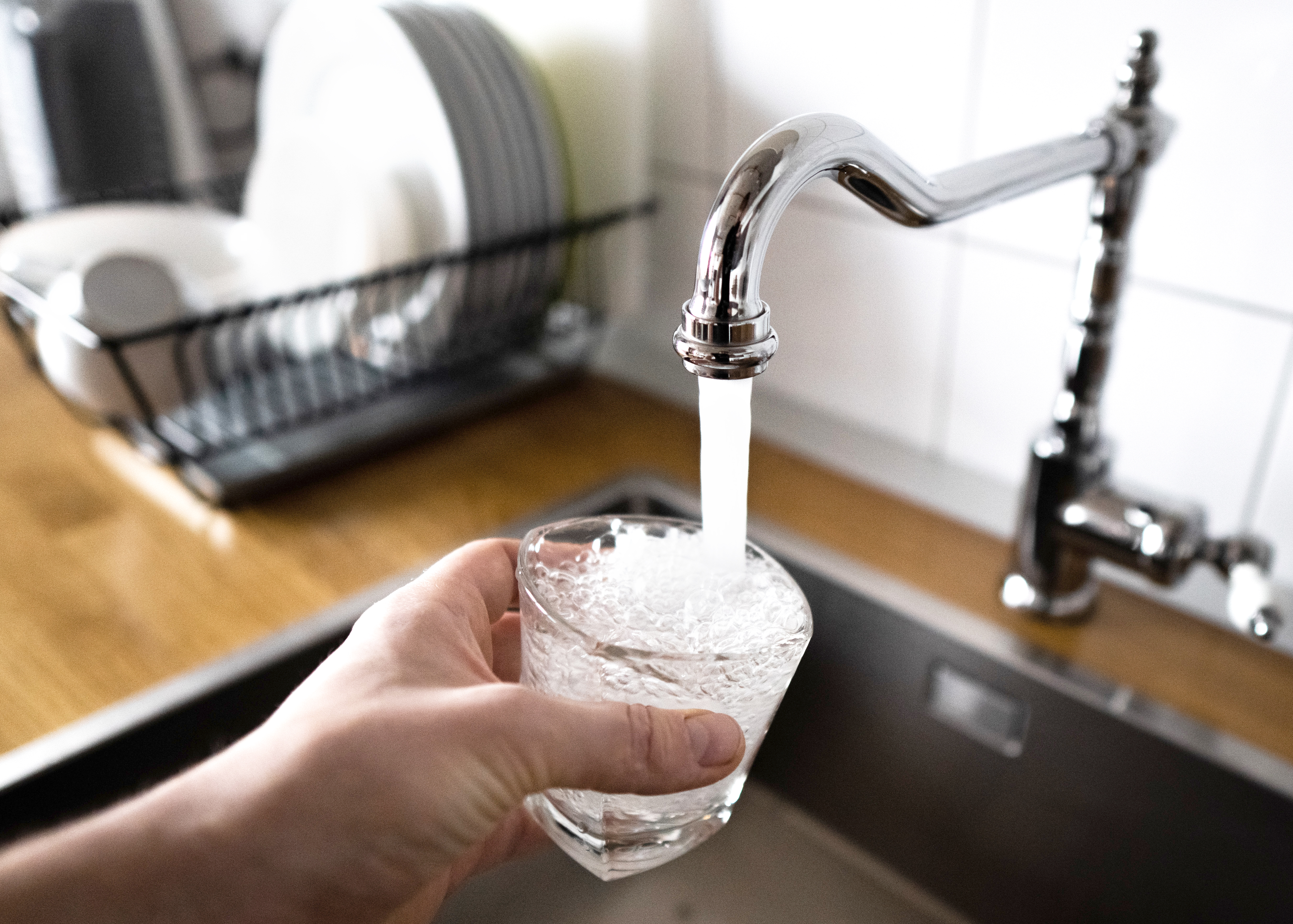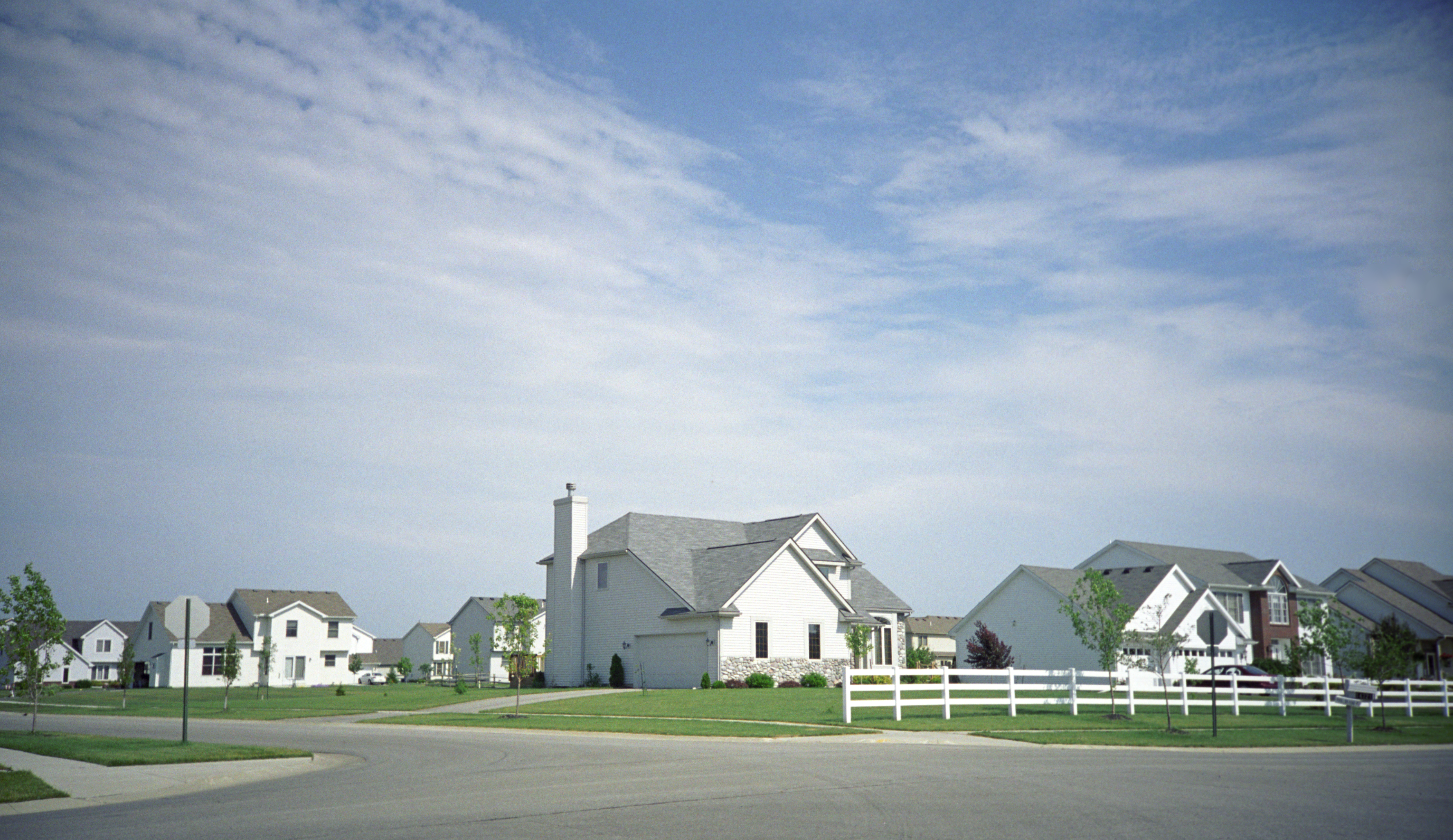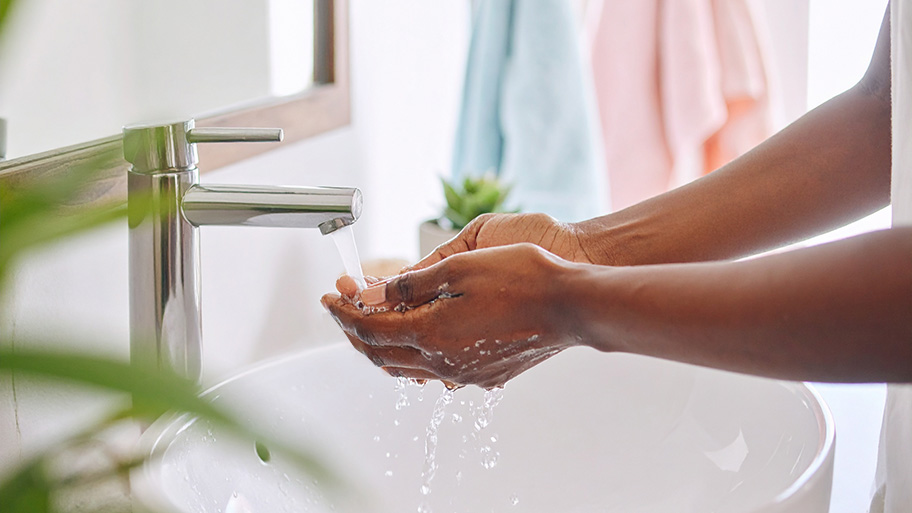
Learn about main water line repair costs in Columbus and what affects pricing to be prepared before you start getting estimates.
Up your flood defense with proactive sump pump maintenance


Sump pumps—installed at a basement’s lowest point—prevent water damage from a high water table, heavy rains, and seasonal runoff. Simple tasks like cleaning the pump’s pit and checking the air bleed hole for blockage can potentially save you thousands of dollars in water damage. Following a sump pump maintenance checklist can ensure that water is quickly dispersed from your home when storms lead to extra wet weather.
Simple sump pump maintenance is a DIYable project, however, you’ll need to know the basics of how your sump pump works. There are two main types of sump pumps: submersible and pedestal.
The difference in maintenance between the two is accessibility. Submersible sump pumps stay fully submerged in the sump pit—a hole in the basement where water collects—and require removal for cleaning. Pedestal sump pumps are not submerged, allowing access and inspection without removing them from the water.
Backup sump pumps in flood-prone areas and sewage ejector pumps are less common, and backup sumps need the same maintenance as a primary sump pump. Sewage ejector pumps, however, should be inspected annually by a plumber in your area because they handle black water.

A thorough visual check each month can help you familiarize yourself with your pump’s regular functioning and spot changes in performance.
Look for external signs of wear or damage
Remove debris buildup
Listen for changes in sound, vibrations, or rattling
Remove large debris from the sump pit
Quarterly sump pump maintenance involves visual checks and cleaning the pump and the pit. Keep a maintenance log with the date of your last visual inspection. Note anything unusual, like changes in vibrations or noises, and any noticeable differences in performance. These simple notes can help you identify subtle shifts in the sump pump that could affect its efficiency.
This quarterly checklist will help you monitor the pump's basic parts and the surrounding environment for potential hazards:
Inspect the power supply for loose wiring
Note the position and level of the pump (submersible models)
Remove debris floating on the water and from the bottom of the pit
Wipe away debris from around the float switch and lift rod
Clear debris from around the air bleed hole
Add water to the pit to trigger the auto-start, ensuring it’s working correctly
Check the discharge line for blockage and remove debris if necessary
Listen and watch for changes in sound or vibrations

Annual checks are the time to test the backup power system and backup sump pump, if you have one.
Inspect the system for damage
Replace damaged or worn parts that are easily accessible
Test the backup power source and backup sump pump
Schedule an annual inspection with a plumber if the pump runs continuously, fails to turn on, or turns on and off too frequently
If you’ve noticed changes in performance, sounds, or vibrations between your quarterly maintenance inspections, this annual check is a good time to schedule an inspection by a local sump pump repair pro or plumber to look for deeper issues.

A plumber or other qualified sump pump repair person costs between $45 and $200 per hour, depending on their expertise and experience. If the pump's location makes it difficult to access, expect to pay at the higher end of the price range.
Quarterly inspections will help keep you aware of the pump's health. You might also want to inspect the sump pump before major storms, when it might have to handle a higher water volume. While you can most likely handle quarterly inspections yourself, have the sump pump professionally inspected on an annual basis to prevent costly water damage.
Professional inspections are particularly important in flood-prone areas, where the pump may have to work harder to keep water out. If you have a high water table, an older sump pump, or a sewage ejector pump, consider scheduling two to three inspections per year. Each of these conditions requires careful inspection and additional expertise to catch problems or damage early on, before water begins collecting in the basement.
From average costs to expert advice, get all the answers you need to get your job done.

Learn about main water line repair costs in Columbus and what affects pricing to be prepared before you start getting estimates.

Discover the leading factors affecting your main water line replacement cost in Columbus, including length, material selection, and installation details.

Learn how much plumbers cost in Columbus, Ohio. Discover pricing for faucet repairs, pipe work, and emergency services, plus how you can save money.

Wall-hung toilets offer a modern style and are easy to clean, but they’re also expensive and difficult to repair. Let’s examine the pros and cons of wall-hung toilets.

Plumbing a bathroom starts with knowing the steps for a successful DIY project. Follow this guide to learn how to plumb a bathroom yourself.

Is the water pressure in your shower lacking? Here are common solutions to increase it so you can enjoy your showers again.